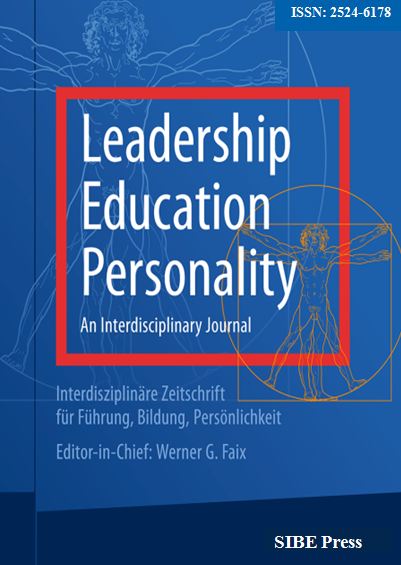COMPARATIVE STUDY OF SOCIAL JUSTICE OF GANDHI AND AMBEDKAR
DOI:
https://doi.org/10.1366/byz0aq75Abstract
Gandhi and Ambedkar are two examples of such geniuses from the 20th century. They are respected as everlasting sources of advice and inspiration that are relevant in some form or another in every country and historical period. Both Gandhi and Ambedkar's public careers started under the mental pressure of diverse experiences and backgrounds, despite the fact that they took different views in the study, analysis, and interpretation of social and political concepts. Despite this, it was clear that they had a common concern for those who were living on the outskirts of society and that they were committed to finding ways to improve their situation. It follows that expressing differences in opinion is a pretty common procedure, and that acceptance by everyone is vital for living. This is because society is composed of a wide variety of people, each of whom has their own unique characteristics. To put it another way, the only way to rescue creation and civilization is to refrain from extremism on a constant basis. It is impossible for social change to be completely novel since it can only originate from inside the framework of the present system. It receives support from both materialistic and non-materialistic points of view, and its basic tenet, which is the nonviolent principle of Mahatma Gandhi, clearly aligns with Gautam Buddha's middle path. When seen by society, Ambedkar is portrayed as a passionate supporter of social transformation. It is only possible for any change to be beneficial to the population if it is accepted by society in some fashion and if it stops the pillars of the social system from competing with one another.







